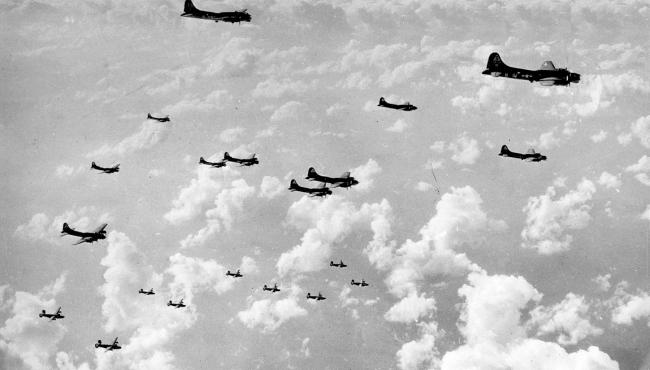VIII Bomber Command 169
30 December 1943
Part of personal effects of Staff Sergeant Albert Alvin Spacil sent home to his family after his death in September 1944. I, Jeff Head, used my cell phone to take a high res picture of it (and several others)
Object Number - UPL 44597 - FLACK WAGON, B-17G, #42-9721, is the aircraft in the upper right corner of this picture on the crews 6th Mission against Ludwigshafen, Germany.
Description
The port area and oil refineries at Ludwigshaven, Germany are the target for this massive attack of 710 heavy bombers. The despatch includes 12 PFF-equipped B-17s from 482BG, 11 of these are effective on the mission, 3 are damaged, and the bomber gunners claim 1-0-1 od attacking German aircraft (this statistic has been included in the claims of 1st Bomb Division).
The mission is composed of 4 elements (2 of these are both from 2nd BD). The first element is a combined force of 289 B-17s from 1st Bomb Division that includes: 91BG (26); 92BG (26); 303BG (33); 305BG (29); 306BG (27); 351BG (36); 379BG (38); 381BG (28); 384BG (25); and 401BG (21). 266 aircraft are effective on the target. 5 aircraft Failed to Return (FTR) 15KIA 21POW 5EVD 9RTD (rescued by ASR). 3 aircraft are Damaged Beyond Repair (DBR) 1 on take off and 2 in crash landings upon return 5KIA 25RTD. In aircraft at returned, 5 airmen are KIA and 7are WIA. 51 aircraft are damaged. The bomber gunners in this element claim 3-1-4 (1-0-1 added from Pathfinders).
The second element was composed of a formation of 74 B-24s from 2nd Bomb Division that included: 93BG (21); 44BG (28); and 448BG (25). 62 aircraft are effective on the target. 2 aircraft Failed to Return (FTR) 10KIA 4POW 6RTD (rescued by ASR). 1 aircraft was Damaged Beyond Repair (DBR) upon return when aircraft landed too far down the runway and struck 41-29130. Determined to be 100% pilot error. Pilot reduced to Co-Pilot and sent to a rest home. There were no other casualties or claims.
The third element was a force of 241 B-17s from 3rd Bomb Division that included: 94BG (38); 95BG (38); 96BG (31); 100BG (19); 385BG (20); 388BG (36); 390BG (40); and 447BG (29). 226 aircraft were effective on the target. 9 aircraft Failed to Return (FTR) 27KIA 27POW (1DIC -shot trying to escape) 23EVD 4RTD (rescued by ASR). 2 battle damaged aircraft made crash landings in England upon return and were declared Damaged Beyond Repair (DBR) 20RTD. 2 airmen were KIA and another 10WIA aboard aircraft that returned. 52 aircraft were damaged. The bomber gunners in this element claimed 5-3-4 of attacking German aircraft.
The fourth element was another contingent of 94 B-24s from 2nd Bomb Division that included: 44BG (24); 389BG (22); 392BG (25); and 445BG (23). 83 aircraft were effective on the target. 6 aircraft Failed to Return (FTR) 7KIA 34POW 12EVD 1INT. 4 airmen were KIA and 2 WIA aboard returning aircraft. 10 aircraft were damaged. The bomber gunners in this element claimed 4-0-1 of attacking German aircraft.
Mission Details
LUDWIGSHAFEN (Primary)
Description: OIL REFINERY and PORT AREA
Aircraft Type: B-17 Flying Fortress
![Three airmen of the 100th Bomb Group, Lieutenant Kenneth Menzie, Lieutenant Donald Strout and Lieutenant Norman Scott, plan the route they will take during the next mission in their B-17 Flying Fortress (serial number 42-30380). Image stamped on reverse: 'Reviewed and passed U.S. Army 23 Aug 1943 Press Censor E.T.O. U.S.A.' [stamp]'. Passed for publication 23 August 1943 INTLD 16 General Section Press Censorship Bureau '[stamp], 'Associated Press' [stamp] and '280035.' [Censor no.] Printed caption on reve](https://assets.americanairmuseum.com/s3fs-public/styles/max_650x650/public/freeman/media-378743.jpg?itok=oPPVVi6c)
- Unit Hierarchy: Group
- Air Force: Eighth Air Force
- Type Category: Bombardment
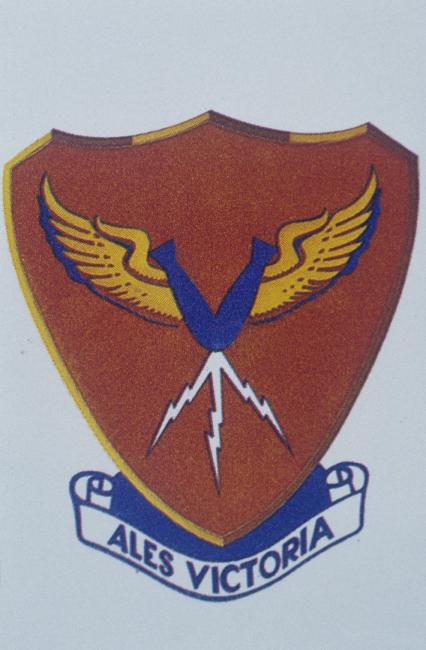
- Unit Hierarchy: Group
- Air Force: Eighth Air Force
- Type Category: Bombardment
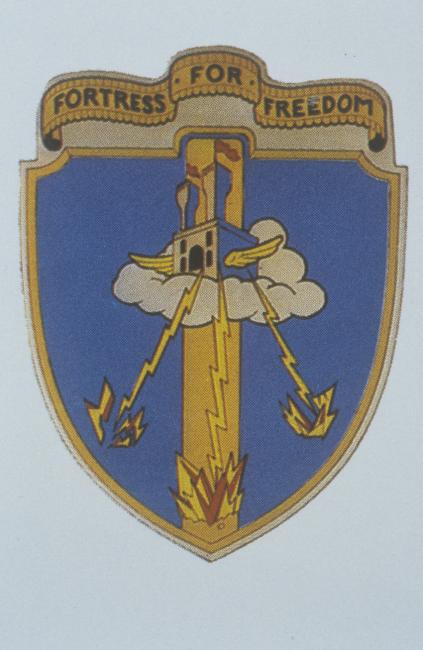
- Unit Hierarchy: Group
- Air Force: Eighth Air Force
- Type Category: Bombardment

- Unit Hierarchy: Group
- Air Force: Eighth Air Force
- Type Category: Bombardment
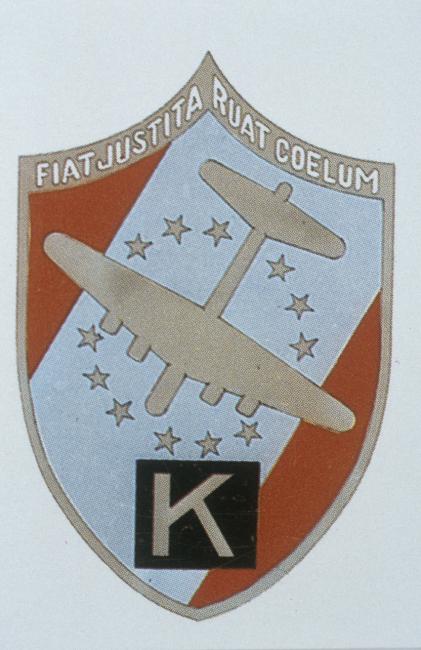
- Unit Hierarchy: Group
- Air Force: Eighth Air Force
- Type Category: Bombardment
Mission Statistics
- Tonnage Dropped: 478.89
- People killed in action: 28
- People wounded in action: 3
- People evaded: 22
- Prisoners of war: 27
- People died in captivity: 1
- People interned: 2
- People returned to duty: 24
- Enemy aircrafts destroyed by bomber: 5
- Enemy aircrafts probably destroyed by bomber: 3
- Enemy aircraft damaged by bomber: 4
- Aircraft sent: 241
- Aircraft effective: 226
- Aircraft missing in action: 9
- Aircraft damaged beyond repair: 2
- Aircraft damaged: 52
LUDWIGSHAFEN (Primary)
Description: OIL REFINERY and PORT AREA
Aircraft Type: B-17 Flying Fortress
Notes: 482nd Bomb Group despatches 12 Pathfinder (PFF), 11 reach the target, distribution among the elements not in available data. A total of 710 aircraft are despatched.

- Unit Hierarchy: Group
- Air Force: Eighth Air Force
- Type Category: Bombardment

- Unit Hierarchy: Group
- Air Force: Eighth Air Force
- Type Category: Bombardment

- Unit Hierarchy: Group
- Air Force: Eighth Air Force
- Type Category: Bombardment

- Unit Hierarchy: Group
- Air Force: Eighth Air Force
- Type Category: Bombardment
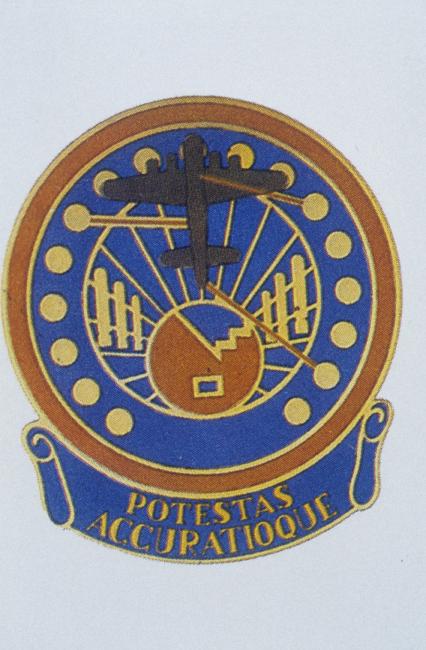
- Unit Hierarchy: Group
- Air Force: Eighth Air Force
- Type Category: Bombardment
Mission Statistics
- Tonnage Dropped: 607.85
- People killed in action: 24
- People wounded in action: 7
- People evaded: 7
- Prisoners of war: 18
- People returned to duty: 32
- Enemy aircrafts destroyed by bomber: 3
- Enemy aircrafts probably destroyed by bomber: 1
- Enemy aircraft damaged by bomber: 4
- Aircraft sent: 289
- Aircraft effective: 276
- Aircraft missing in action: 5
- Aircraft damaged beyond repair: 2
- Aircraft damaged: 51
LUDWIGSHAFEN (Primary)
Description: OIL REFINERY and PORT AREA
Aircraft Type: B-24 Liberator

- Unit Hierarchy: Group
- Air Force: Eighth Air Force
- Type Category: Bombardment

- Unit Hierarchy: Group
- Air Force: Eighth Air Force
- Type Category: Bombardment
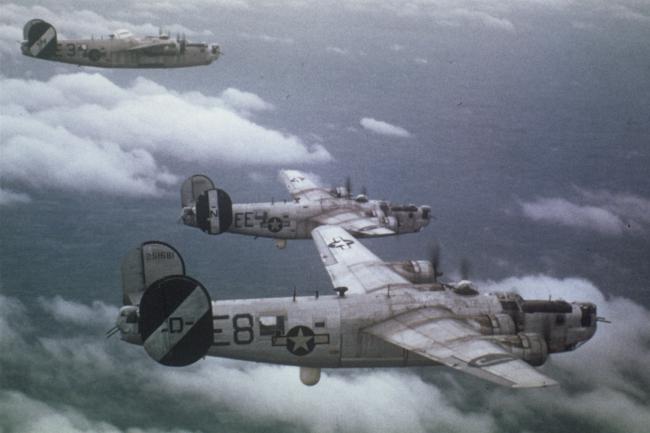
- Unit Hierarchy: Group
- Air Force: Eighth Air Force
- Type Category: Bombardment

- Unit Hierarchy: Group
- Air Force: Eighth Air Force
- Type Category: Bombardment
Mission Statistics
- Tonnage Dropped: 175.88
- People killed in action: 14
- People wounded in action: 2
- People evaded: 8
- Prisoners of war: 37
- People interned: 1
- Enemy aircrafts destroyed by bomber: 4
- Enemy aircraft damaged by bomber: 1
- Aircraft sent: 94
- Aircraft effective: 83
- Aircraft missing in action: 7
- Aircraft damaged: 10
LUDWIGSHAFEN (Primary)
Description: OIL REFINERY and PORT AREA
Aircraft Type: B-24 Liberator

- Unit Hierarchy: Group
- Air Force: Eighth Air Force
- Type Category: Bombardment

- Unit Hierarchy: Group
- Air Force: Eighth Air Force
- Type Category: Bombardment

- Unit Hierarchy: Group
- Air Force: Eighth Air Force
- Type Category: Bombardment
Mission Statistics
- Tonnage Dropped: 131.38
- People killed in action: 10
- Prisoners of war: 4
- People returned to duty: 25
- Aircraft sent: 74
- Aircraft effective: 62
- Aircraft missing in action: 2
- Aircraft damaged beyond repair: 2
- Aircraft damaged: 1
Connections
See how this entry relates to other items in the archive by exploring the connections below.
People

- Military/Civilian/Mascot: Military
- Nationality: American
- Unit: 381st Bomb Group 533rd Bomb Squadron
- Service Numbers: O-809475
- Highest Rank: Second Lieutenant
- Role/Job: Navigator

- Military/Civilian/Mascot: Military
- Nationality: American
- Unit: 446th Bomb Group 93rd Bomb Group
- Service Numbers: O-434690
- Highest Rank: Captain
- Role/Job: Pilot / Operations Officer
- Military/Civilian/Mascot: Military
- Nationality: American
- Unit: 381st Bomb Group 535th Bomb Squadron
- Service Numbers: O-735735
- Highest Rank: First Lieutenant
- Role/Job: Pilot

- Military/Civilian/Mascot: Military
- Nationality: American
- Unit: 389th Bomb Group
- Service Numbers: 19098268
- Highest Rank: Technical Sergeant
- Role/Job: Flight Engineer/Top Turret Gunner
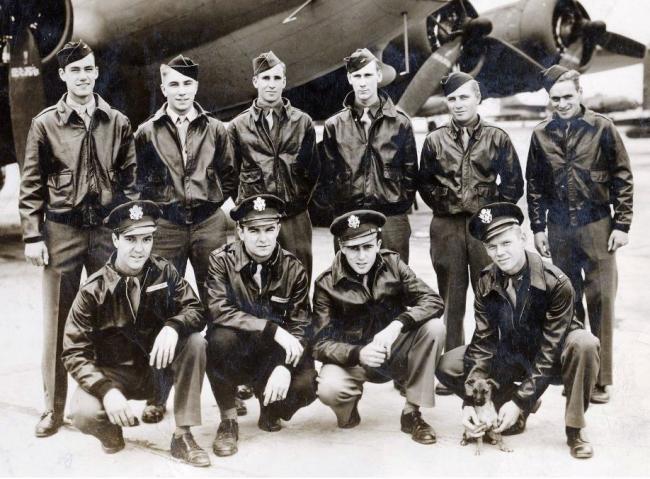
- Military/Civilian/Mascot: Military
- Nationality: American
- Unit: 95th Bomb Group 412th Bomb Squadron
- Service Numbers: 18193418
- Highest Rank: Technical Sergeant
- Role/Job: Radio Operator
Aircraft

- Aircraft Type: B-17 Flying Fortress
- Nicknames: Little Audrey
- Unit: 306th Bomb Group 384th Bomb Group Base Air Depot 1 368th Bomb Squadron 544th Bomb Squadron

- Aircraft Type: B-17 Flying Fortress
- Nicknames: Problem Child : Old Reliable
- Unit: Base Air Depot 1 547th Bomb Squadron 384th Bomb Group 305th Bomb Group 367th Bomb Squadron

- Aircraft Type: B-17 Flying Fortress
- Nicknames: Knock-out Dropper
- Unit: 303rd Bomb Group 359th Bomb Squadron

- Aircraft Type: B-17 Flying Fortress
- Nicknames: Maryland, My Maryland : Billie
- Unit: 384th Bomb Group 545th Bomb Squadron 306th Bomb Group 367th Bomb Squadron

- Aircraft Type: B-17 Flying Fortress
- Nicknames: Stella
- Unit: 384th Bomb Group 544th Bomb Squadron
Revisions
Lee Cunningham 28-Jul-2015. Added bomber gunner claims to 2ndBD(2nd contingent) element statistics per "The Mighty Eighth War Diary", Roger A. Freeman.
Lee Cunningham 28-Jul-2015. Added bomber gunner claims to 1stBD element statistics per "The Mighty Eighth War Diary", Roger A. Freeman.
Lee Cunningham 28-Jul-2015. Added bomber gunner claims to 3rdBD element statistics per "The Mighty Eighth War Diary", Roger A. Freeman.
Lee Cunningham 28-Jul-2015. Added Mission Narrative based on "The Mighty Eighth War Diary", Roger A. Freeman and "USAAF Combat Chronology", Jack McKillop
Lee Cunningham, 8th Air Force missions research database / Stan Bishop's 'Losses of the US 8th and 9th Air Forces', the Combat Chronology of the US Army Air Forces and the work of Roger Freeman including the 'Mighty Eighth War Diary'.
